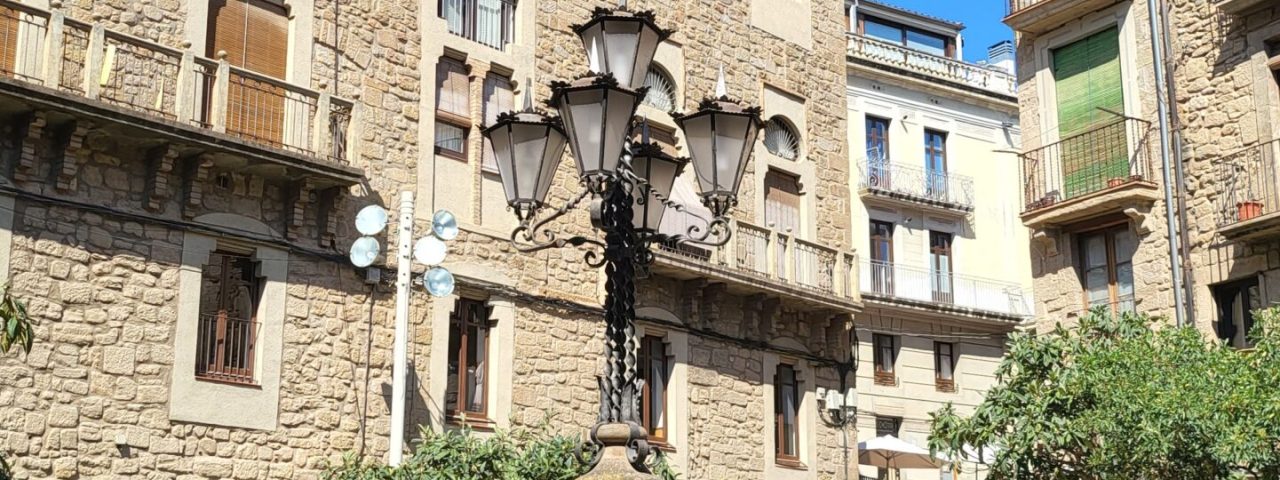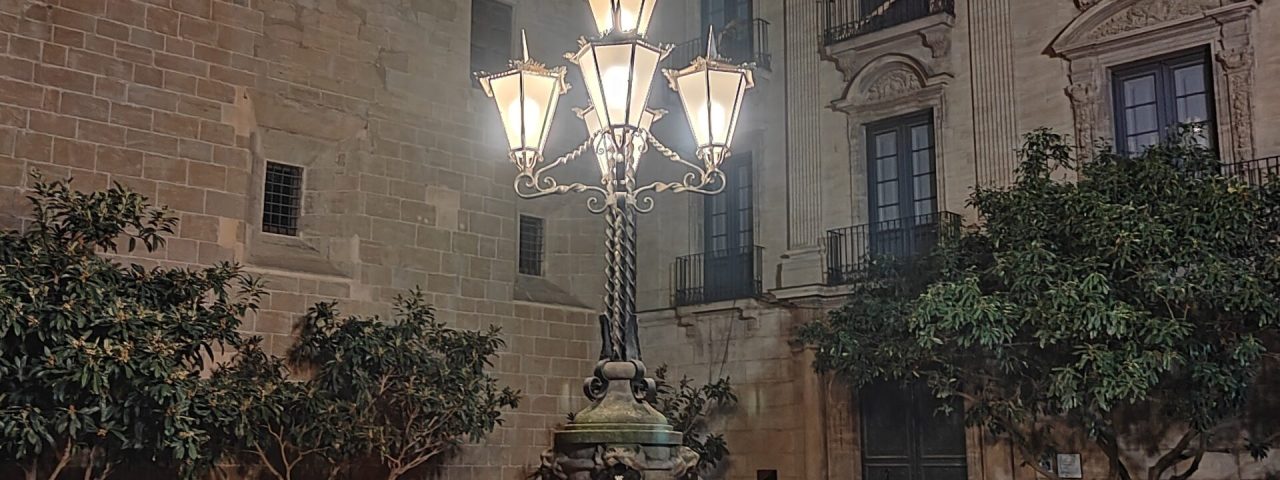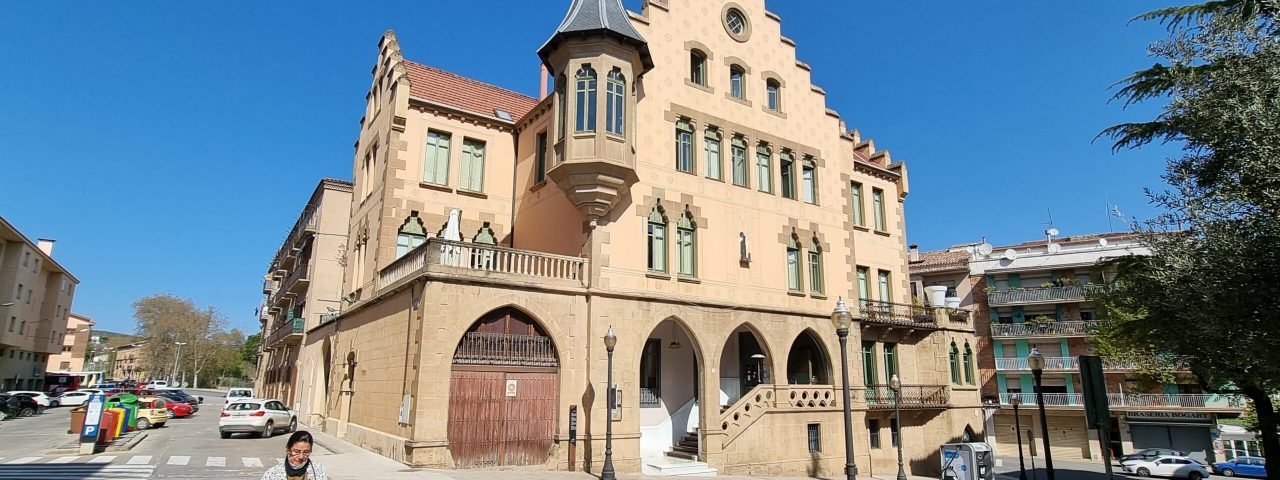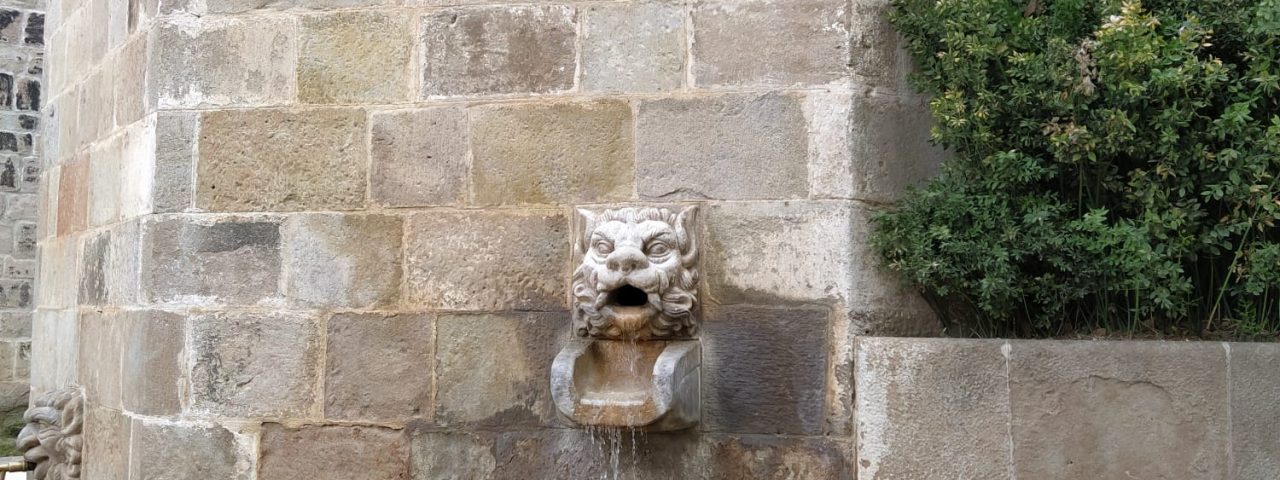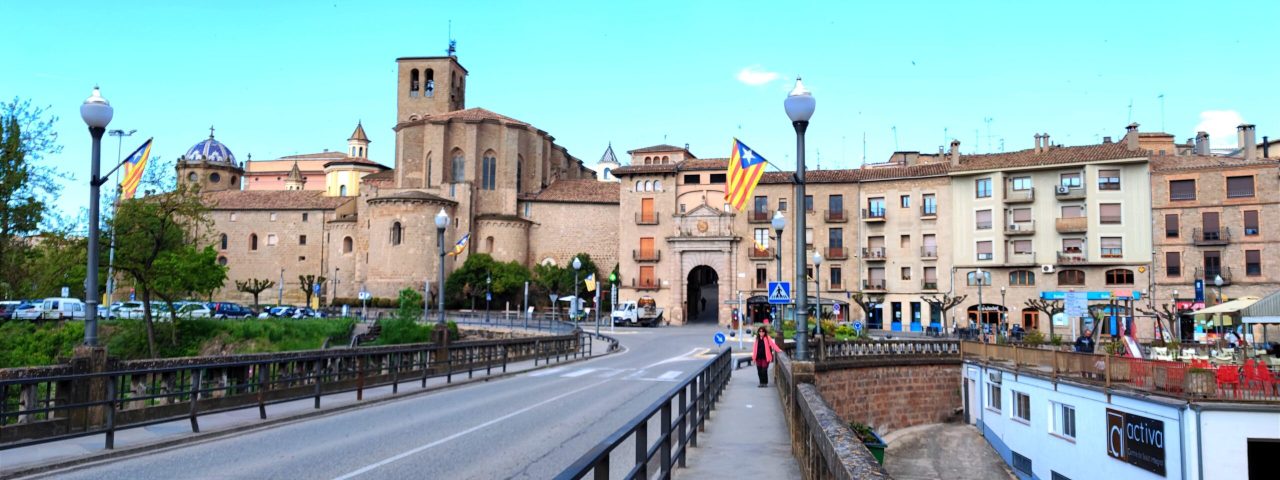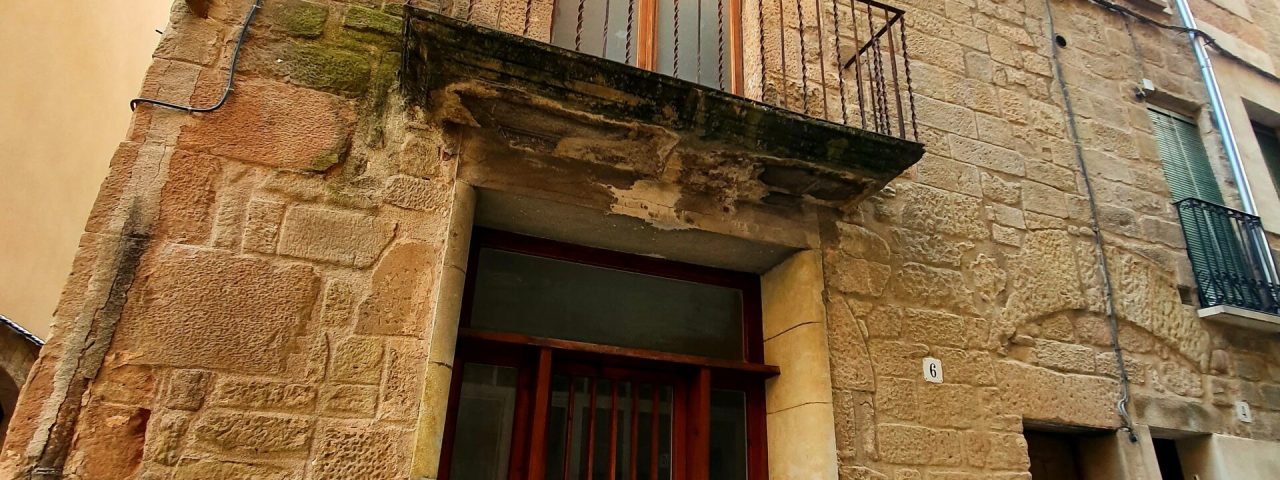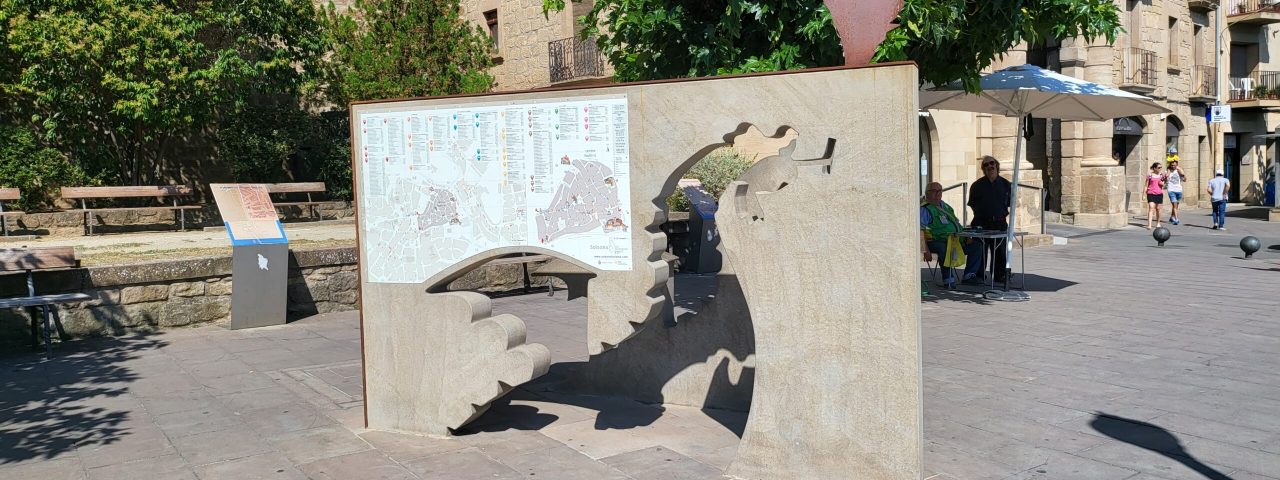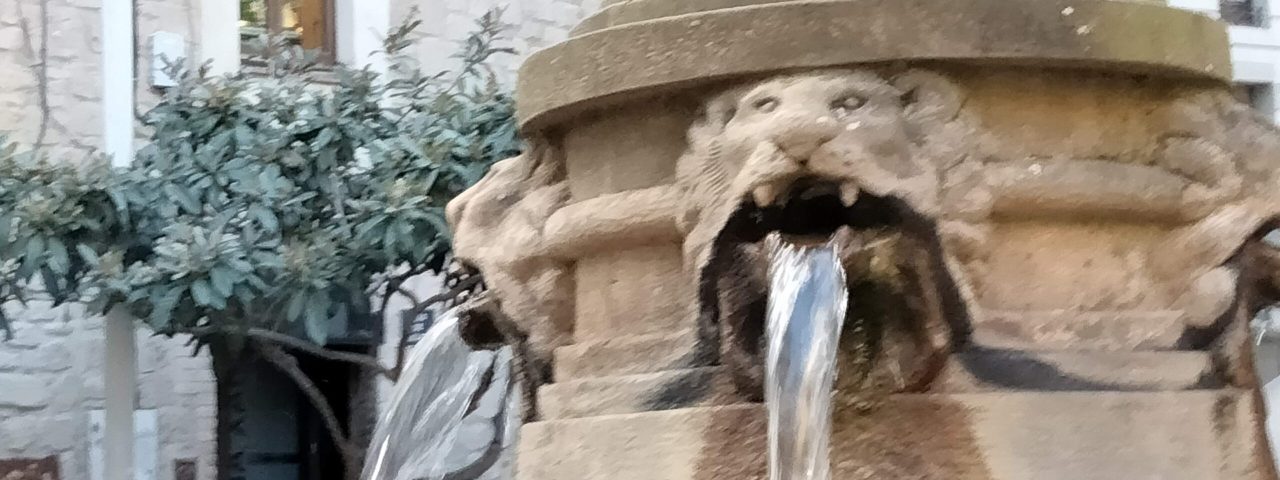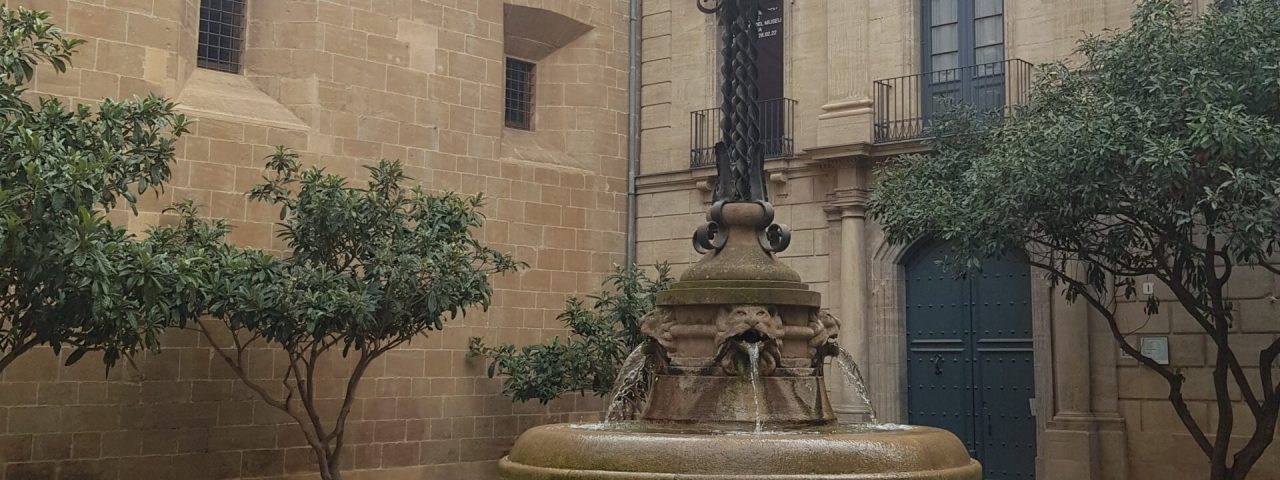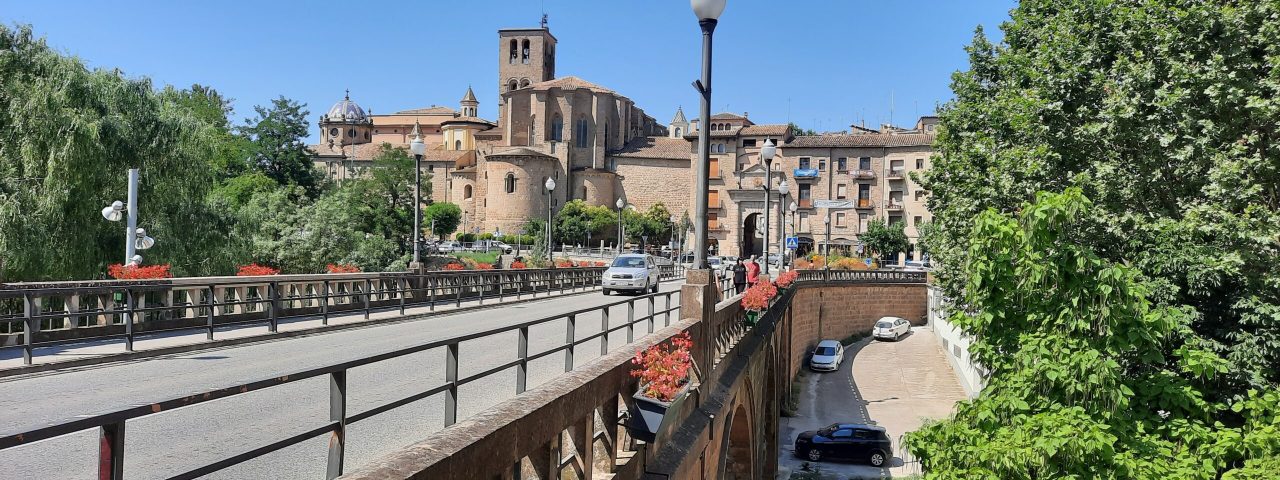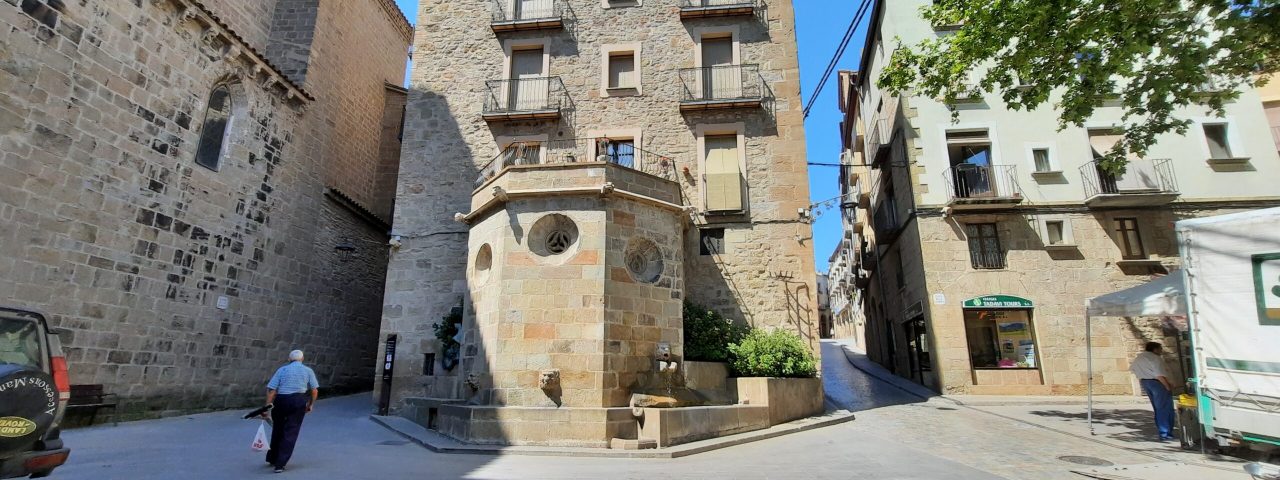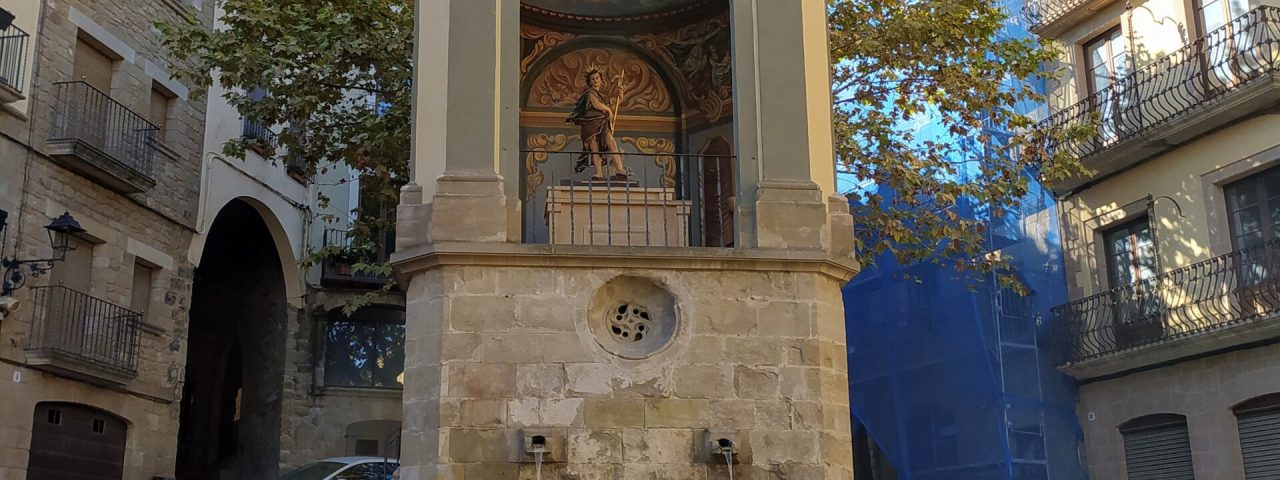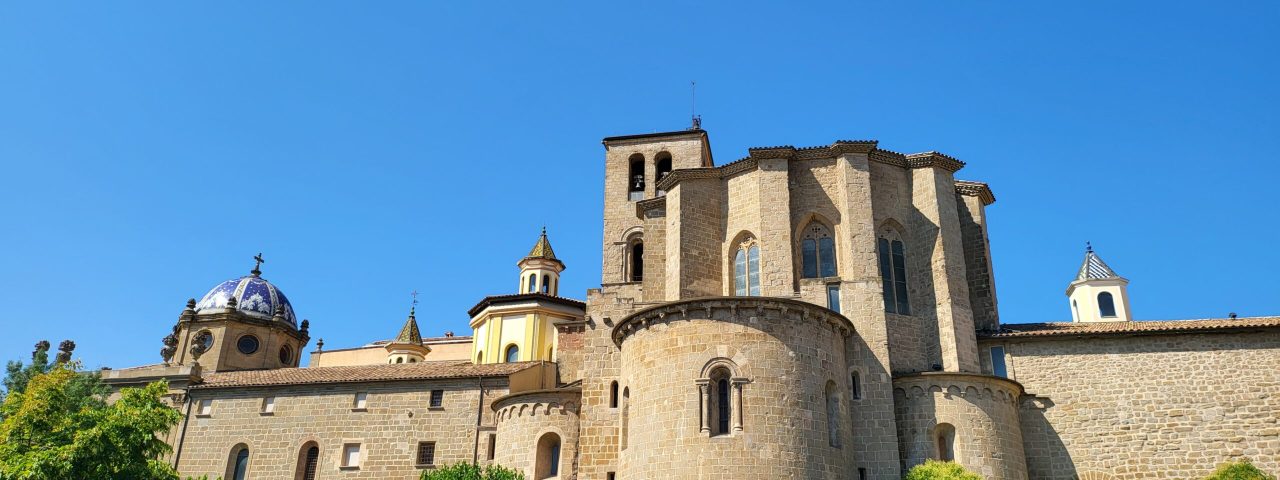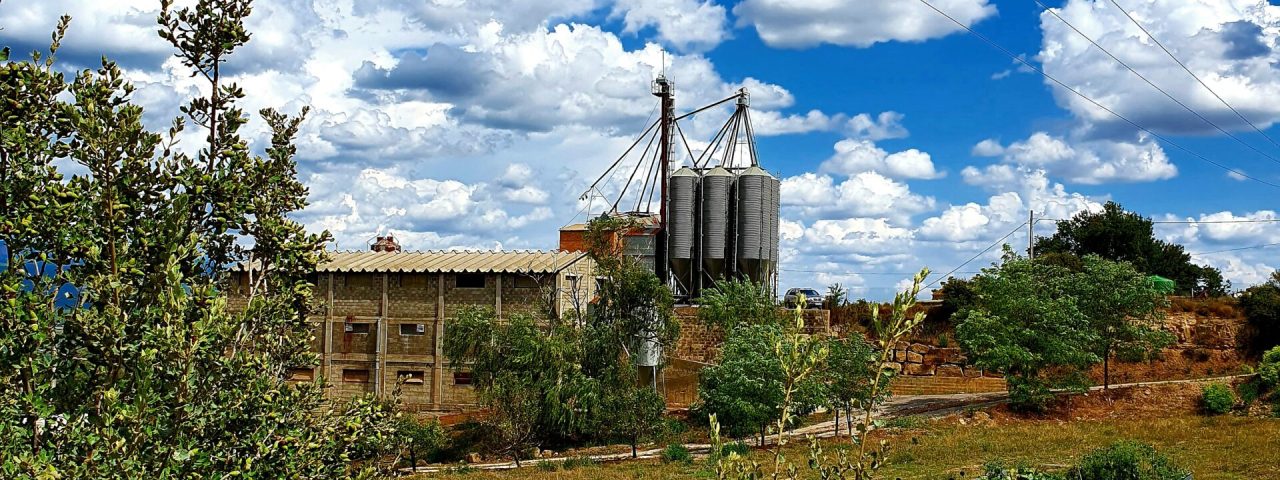Solsona’s history stretches back to Roman times, but it gained prominence during the Middle Ages when it became the seat of the Solsona Diocese, an influential religious center. The city’s medieval character is still very much alive today, with its old town retaining much of its ancient layout, complete with stone buildings, narrow streets, and defensive walls. Over the centuries, Solsona has been shaped by various cultural influences, from the Roman and Christian traditions to its Catalan identity.
One of the city’s most significant cultural contributions is its vibrant festivals, most notably the Festa Major, celebrated every September. This festival includes lively parades, traditional dances like the sardana, and the iconic gegants—giant figures representing local characters. The Carnival of Solsona is also famous for its unique traditions, including the hanging of a donkey, a centuries-old satire performed as part of the celebrations. The city is deeply rooted in Catalan traditions, and visitors can immerse themselves in the local culture through various festivals, music, and arts.
Solsona is home to several important historical landmarks, including the Solsona Cathedral, which dates back to the 12th century and showcases a mixture of Romanesque and Gothic architectural styles. The Episcopal Palace, now housing the Diocesan Museum, is another cultural treasure, featuring religious art from the Middle Ages to the Renaissance. These landmarks reflect Solsona’s importance as both a religious and cultural hub in Catalonia’s history.
